Ripping the Bandaid vs. Slow and Steady Wins the Race
I’ve always been a big fan of ripping the bandaid - both literally and figuratively. Once I make a decision, I want to implement it immediately and then move on. This has been incredibly helpful for much of my life, but has not always been helpful in my financial life. For example, while ripping the bandaid to learn more about my credit card debt in my early adulthood was helpful, I wasn’t able to actually get out of debt quickly -- I needed a slow and steady pace to make that work.
So, when does it make sense to rip the bandaid? As in, when does it make sense to work really intensively for a short period of time to reach your financial goals?
Setting up legal and operational structures for a business
Revamping your existing saving and investing systems to fit a new goals or financial realities
Implementing new account systems that optimize interest and functionality
The reason these things work at a fast pace is because each of them are, fundamentally, about setting up new systems. The goals are clear and once the systems are set up they are low maintenance to maintain.
What about slow and steady wins the race? When does that work better?
Eliminating and managing debt
Creating new spending or saving habits
Learning new habits for using financial analysis in your business
Slow works best for implementing new habits and mindsets. That work is complex, often emotionally charged, and takes some degree of trial and error. Therefore it is important that there is time for that process built into the implementation period.
The reason I needed to move at a slower pace to actually get out of debt was because the reasons I had gotten into debt in the first place were habit and emotionally based. It wasn’t knowledge or a system alone that was going to the fix the problem. I needed to really understand what the emotional reasons were behind my purchase decisions and then use that information to help me make different decisions in the future. That was hard, slow work!
I think there are seasons for each method in our lives. I also find that sometimes jumpstarting something by working really intensely for a short period of time and then continuing for a longer period of time in a slow and steady fashion works great for a lot of people. It’s the best of both worlds.
If you were to put this in Verdi coaching terms that would mean having 1-3 Sprint Days (3 hour intensives) and then hourly coaching 1-2x/month for a few months after that. Regardless of the speed that works best for you, the goals are the same -- gain the knowledge and skills you need to reach your financial goals.
As always, I’m rooting for you.
XOXO,
P.S. LIke the content of this newsletter? The Podcast goes way more in depth on the same topic! You can listen on Spotify or Apple Podcasts.
P.P.S. Feeling out of touch with your spending habits and ready to get in alignment? Check out the Verdi Money Diary! It will help you understand your spending habits and create actionable goals to change things that aren’t serving you anymore.


